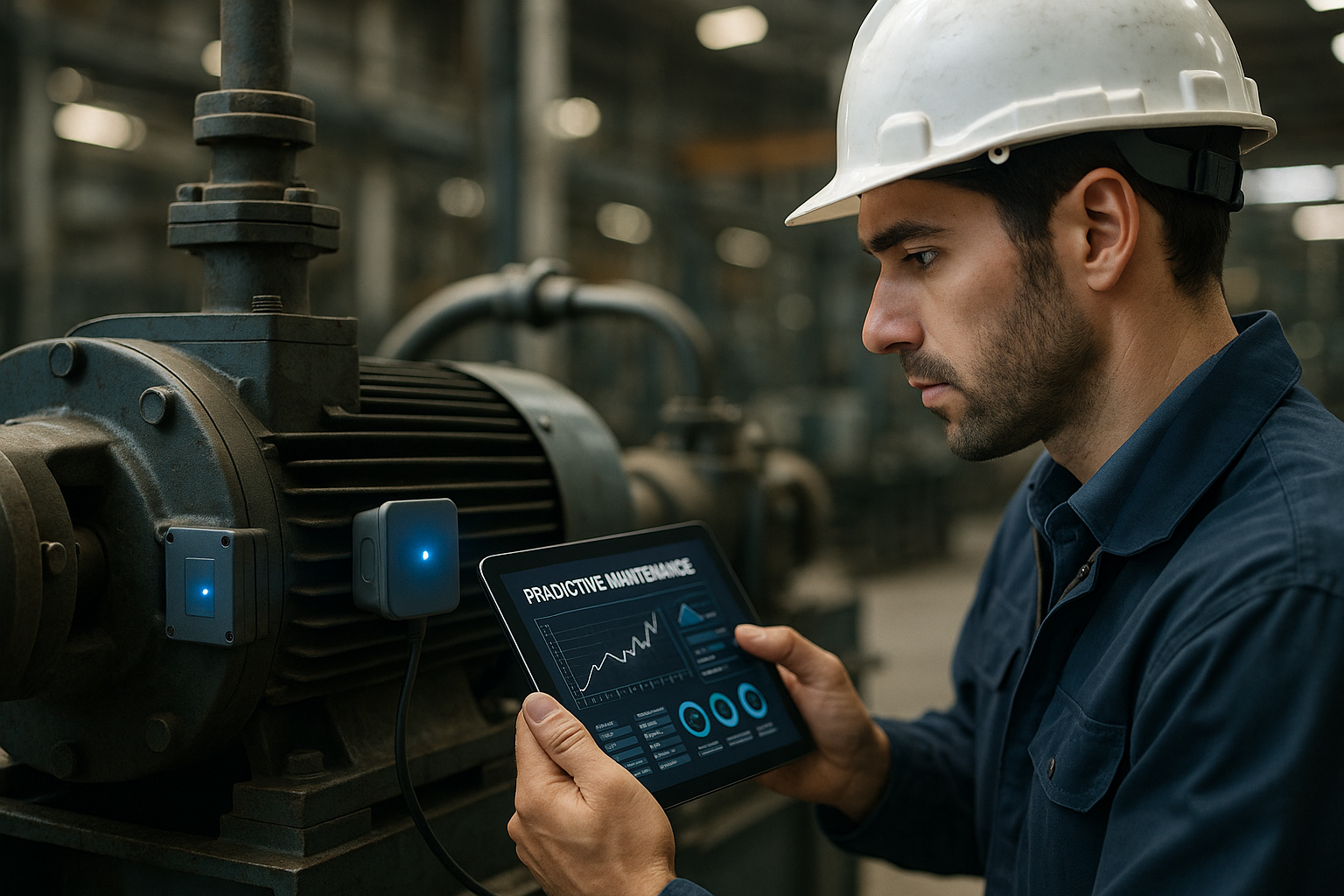Energy-Efficient Upgrades to Lower Operational Costs
Energy-efficient upgrades can reduce operational expenses across manufacturing lines, logistics hubs, and facility systems by lowering energy use, improving equipment uptime, and enabling data-driven decisions. Adopting targeted improvements—such as improved lighting, motor controls, and digital monitoring—creates measurable savings while supporting reliability, safety, and compliance goals.

How can energy audits help manufacturing facilities?
A structured energy audit identifies where energy is consumed, wasted and where simple interventions deliver quick returns. In manufacturing contexts, audits look at compressed air leakage, motor and drive inefficiencies, HVAC performance, and lighting levels. Audits combine site measurements with production schedules and procurement data to prioritize changes that align with production throughput and safety requirements. Results typically segment opportunities by payback period so facility managers can sequence upgrades that improve reliability and reduce overtime or maintenance-related downtime while increasing overall energy efficiency and digitalization of asset records.
What automation and IoT upgrades improve efficiency?
Automation and IoT upgrades reduce manual intervention and enable continuous optimization. Smart sensors, connected drives and programmable logic controllers feed real-time data into control systems so setpoints, sequencing and energy-intensive processes run only when needed. In retrofit scenarios, adding IoT-enabled meters and edge analytics to existing equipment supports demand response and load shifting without major production changes. Automation also integrates with procurement and inventory systems to align production runs with energy price signals, decreasing peak charges and improving operational efficiency while preserving manufacturing throughput and product quality.
How does predictive maintenance reduce costs and improve reliability?
Predictive maintenance combines condition monitoring, analytics and maintenance workflows to prevent failures before they occur. Vibration sensing, thermal imaging and oil analysis paired with machine learning identify degrading components early, reducing unplanned downtime and expensive emergency repairs. This approach improves reliability and lengthens equipment life, lowering maintenance and spare-parts inventory costs. When tied to digital systems, predictive maintenance optimizes work orders, supports compliance records and enables better procurement planning for replacement parts, translating reliability gains into measurable operational cost reductions.
How can logistics and procurement be optimized for energy efficiency?
Logistics and procurement choices influence energy use across the supply chain. Consolidating shipments, optimizing warehousing layouts and using energy-efficient material handling equipment reduce fuel and electricity consumption in logistics. Procurement decisions for equipment and consumables should include lifecycle energy performance and maintenance profiles, not just upfront costs. Digitalization of procurement and logistics—using data from IoT sensors and automation systems—allows planners to reduce idle time, optimize routing and reorder parts based on condition monitoring, which lowers working capital and operational energy expenses while improving overall supply chain resilience.
What role do safety and compliance play in upgrades?
Safety and compliance are integral to any upgrade program: energy-saving actions must not compromise protective systems, environmental controls or regulatory reporting. For example, changes to ventilation, process heating, or electrical distribution require hazard assessments, updated permits and possibly recalibration of safety interlocks. Digital systems can help by logging compliance data and generating audit trails, but those systems themselves need secure deployment to avoid introducing risks. Planning upgrades with engineers, safety officers and compliance teams ensures efficiency gains are sustainable and aligned with regulatory and insurance requirements.
How to measure ROI and operational savings?
Real-world cost insights require combining installation costs with expected energy savings, maintenance reductions and reliability improvements. Typical upgrades vary widely by scope, equipment and region; budgeting should reflect both capital and lifecycle impacts. Below are representative products and providers along with indicative cost ranges to help estimate project scale. Use these figures as starting points for vendor quotes and total-cost-of-ownership calculations, and factor in incentives, utility rebates and local labor rates when modeling payback periods.
| Product/Service | Provider | Cost Estimation |
|---|---|---|
| LED lighting retrofit (industrial) | Signify (Philips) / Cree | $30–$200 per fixture installed (depends on fixture type and labor) |
| Variable Frequency Drive (VFD) installation | ABB / Siemens / Schneider Electric | $1,000–$7,000 per motor (varies by horsepower and installation complexity) |
| Building Energy Management System (BEMS) | Siemens / Schneider Electric / Honeywell | $10,000–$200,000 depending on facility size and integration scope |
| Predictive maintenance platform (software + sensors) | IBM / GE Digital / Siemens | $5,000–$100,000+ per year depending on assets monitored and analytics required |
| Insulation and envelope upgrades | Local contractors / specialist firms | $2–$25 per sq ft depending on material and access challenges |
Prices, rates, or cost estimates mentioned in this article are based on the latest available information but may change over time. Independent research is advised before making financial decisions.
Conclusion
Energy-efficient upgrades are most effective when they combine technical measures—lighting, VFDs, BEMS, predictive maintenance—with process and procurement changes informed by digitalization and IoT data. A phased approach driven by energy audits, aligned with safety and compliance, and evaluated with realistic cost estimates will reduce operational costs while improving reliability. Quantifying savings through measurement and verification ensures projects deliver the predicted benefits and supports continuous improvement across manufacturing and logistics operations.





